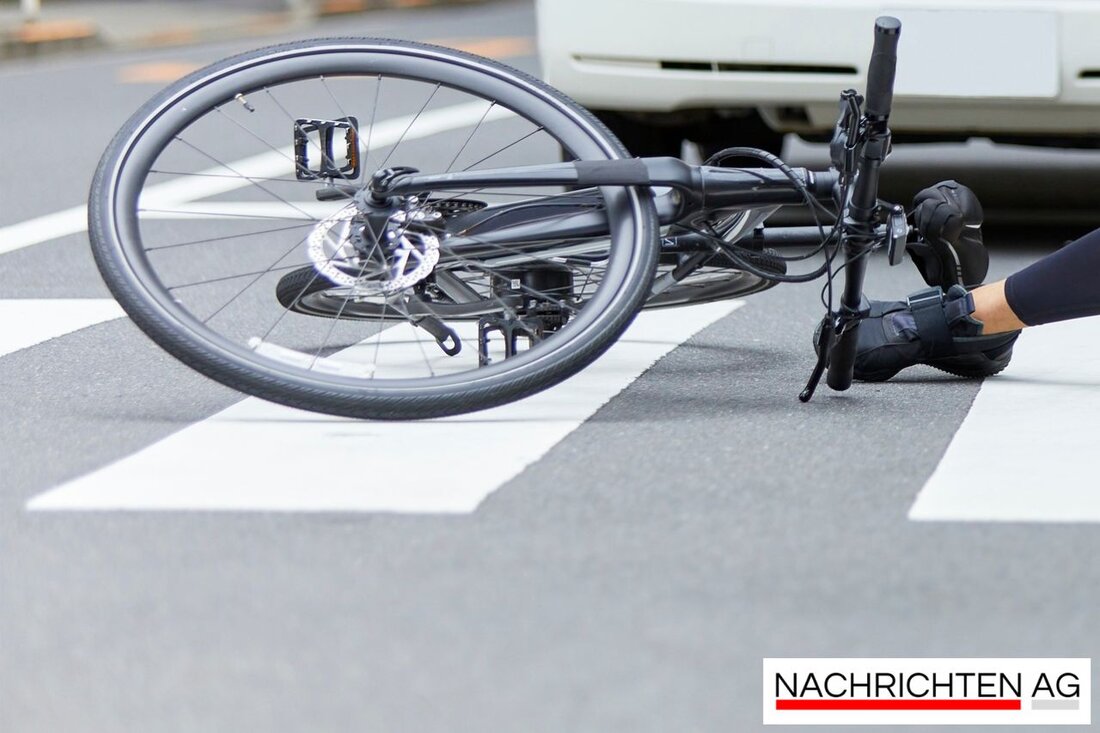Bremen relies on cycling: safe enjoyment in the ramparts!
Bremen discusses the use of bicycles in ramparts: Greens demand safe routes and consideration in urban areas.

Bremen relies on cycling: safe enjoyment in the ramparts!
Bremen is once again in the fast lane when it comes to cycling. The Greens have decided to continue to allow cycling in the ramparts. Ralph Saxe, the transport policy spokesman for the Green Party, emphasizes the long tradition of cycling in the city's green oases. A ban on cycling is viewed as impractical and problematic. After all, the ramparts are a listed area that receives particular attention when used by cyclists. This means: Cycling should remain possible - but organized safely and sensibly.
There are already concrete proposals in this context. An optimized route between the city library and Kennedyplatz is being considered. A flatter route opposite the Kunsthalle could ensure more safety here. At the café in the gatehouse at Kennedy Bridge, the new “Respect” sign, pictograms and the removal of two benches are highlighted as positive measures. In addition, the shared space principle between the gatehouse and the bishop's needle works largely well, which provides an important basis for balanced transport use in the future.
Cycling share is on the rise
The development of cycling in Germany shows an encouraging trend. According to fahrradzukunft.de, the share of cycling traffic has increased steadily in recent years. While the nationwide average was 11% in 2008, cities like Bremen now exceed the targeted 15% share of bicycle traffic. However, the stagnation in certain regions remains a challenge and cannot be explained solely by topographical conditions or the average age of the population. Electric bikes offer a convenient solution for many people to overcome inclines.
The concept of shared space also benefits from this development. It promotes shared use of traffic space and enables harmonious exchange between cyclists and other road users. The key here is reduced speeds and the avoidance of separate lanes in order to promote consideration for all road users. And don't forget: Statistics show that 74% of bicycle accidents involving two people involve a car - a good reason to be more considerate.
Perspectives for the future
The vision for a bicycle-friendly Germany is outlined by the federal government in the National Cycling Plan. This plan includes targets for 2030 that aim for a high volume of cycling - for good reason: greater use of bicycles is beneficial for the climate, the quality of life in cities and the health of citizens. Current studies, for example those by Dr. Claus Doll from Fraunhofer ISI, show the untapped potential of cycling that is just waiting to be developed. Factors such as traffic safety and the quality of cycle paths are crucial for the use of bicycles in everyday life.
The question remains: How can cities become even more attractive for cyclists? Recommendations for improving the cycle path infrastructure, the connection to local public transport and a cycle-friendly design of the community and cityscape are at the top of the agenda. Bremen has already taken some steps, but the implementation of the suggestions outlined in the city center concepts must be pushed further.
In conclusion, it can be said that the city is on the right track when it comes to cycling - both through initiatives from the Green Party and through the ongoing growing cycling culture in Germany. It will be exciting to see how cycling and the measures for greater safety and consideration will continue to develop, both in Bremen and nationwide.

 Suche
Suche
 Mein Konto
Mein Konto